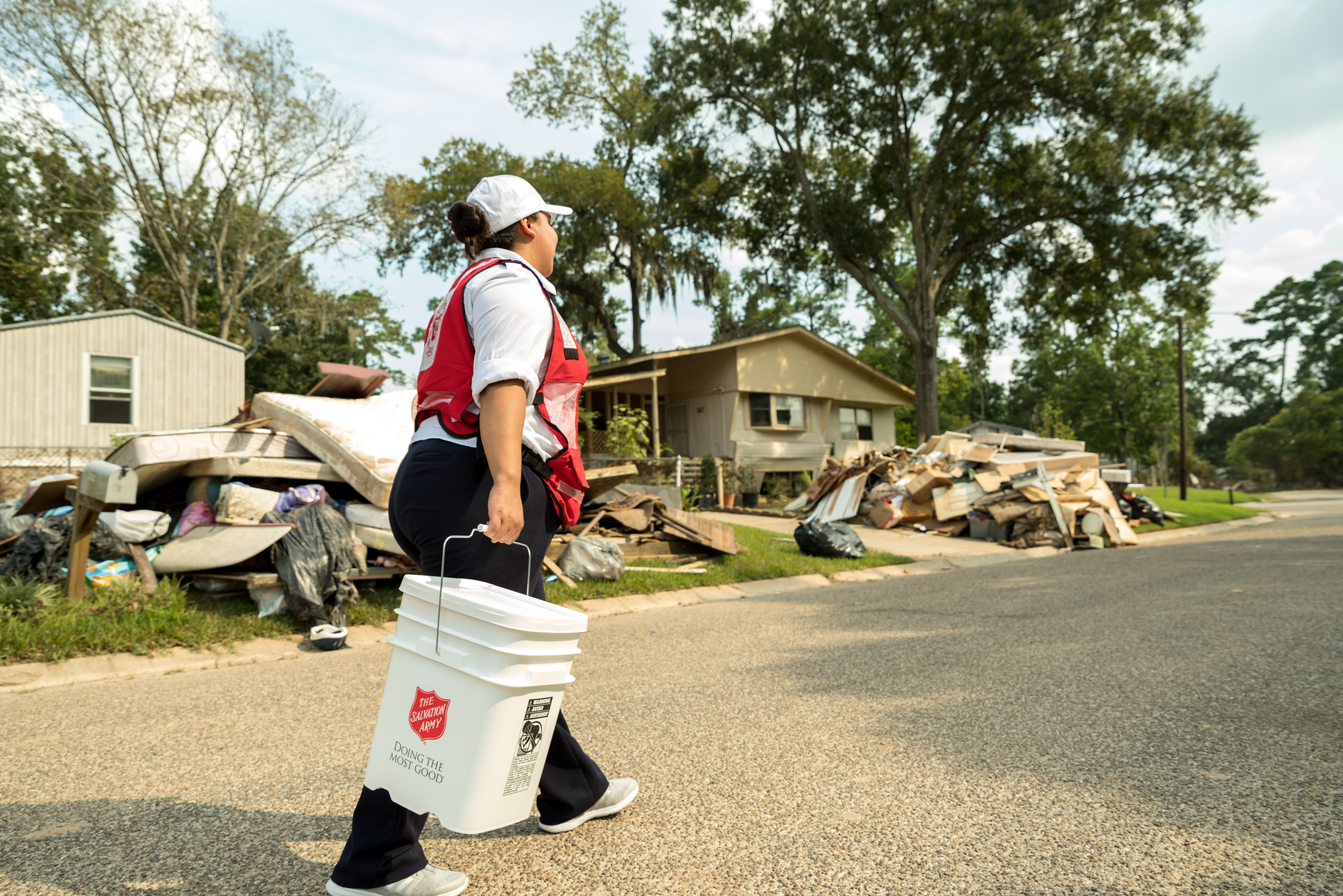Disaster Preparedness: What Can Be Done?
In August and September of 2017, the United States was hit with several incredibly destructive hurricanes – Harvey, Irma and Maria – all within weeks of each other. In fact, Hurricane Harvey tied Hurricane Katrina for costliest storm in U.S. history with a whopping $125 billion in damage. This doesn’t even account for the emotional damage inflicted on families and communities. Some families lost everything and were forced to move and start over.
We know storms are going to hit the U.S. this year. Not too long ago Hurricane Lane set its sights on Hawaii. And meteorologists have predicted and even more active hurricane season this year. Tornadoes and torrential rains are expected to increase in size and scope as well.
So what can you do to prepare for disasters?
- Create a family emergency plan. Talk with your family and map out what you will do when disaster strikes. During a tornado, go to the lowest and most interior part of the home (preferably without windows). For a fire, leave the home immediately and move as far away as possible.
- Have a list of support organizations. When you are safe and the immediate danger has passed, reach out to organizations that can help. Organizations like The Salvation Army can help with shelter, food, medicines and more. Contact the local utilities to shut off water, electricity and gas.
- Prepare an emergency supply kit. A kit should include items such as flashlights with extra batteries, matches and candles, power packs to charge phones, dust masks, gloves, first aid materials, a week’s worth of prescriptions, and copies of IDs, insurance policies and other important forms.
- Check your insurance policies and coverage for hazards you may face. Update your policy as needed.
- Learn lifesaving skills such as CPR and other life-saving techniques.
- Connect with agencies engaged in disaster response and relief – like The Salvation Army – or see if your area supports a Community Emergency Response Team (CERT).
- Be aware of the weather. Listen to your local news. Know what type of storm is coming, and the expected damage it could bring.

The Salvation Army knows we have to be ready to answer the call of service whenever a disaster strikes our area. Here is what we do to prepare for future disasters:
- Training staff and volunteers. Our training encompasses immediate response, mobile feeding, spiritual care and comfort for first responders and survivors, logistics and more.
- Maintaining deployment and response equipment. The Salvation Army’s Emergency Disaster Services warehouse holds non-perishable food and beverages, several mobile feeding units and weather and safety equipment. Everything is maintained and ready to go when services are requested.
- Stocking rapid response vehicles and field kitchens with non-perishable supplies. Each mobile field kitchen can supply 1,500 meals, beverages and snacks a day to those in need.
- Creating flood/disaster clean-up kits. These kits include bleach, masks, brooms, gloves, garbage bags and other supplies needed to clean up after a disaster.
The Salvation Army is often the first organization on the scene, and usually the last one to leave. We provide food, beverages, spiritual aid and comfort and material support to first responders and survivors.
To learn more about our continuing efforts and to support our work, please visit our website.
